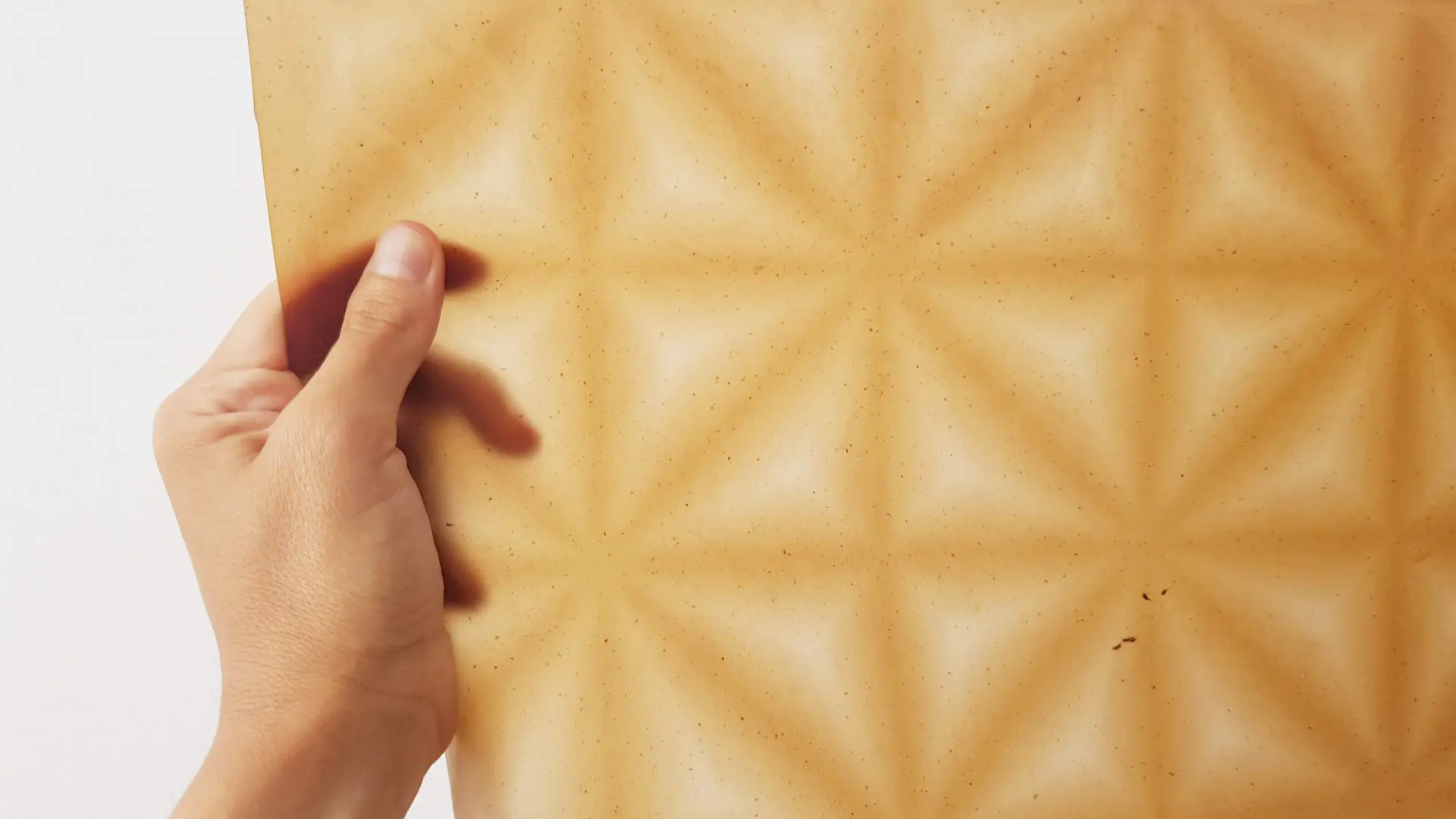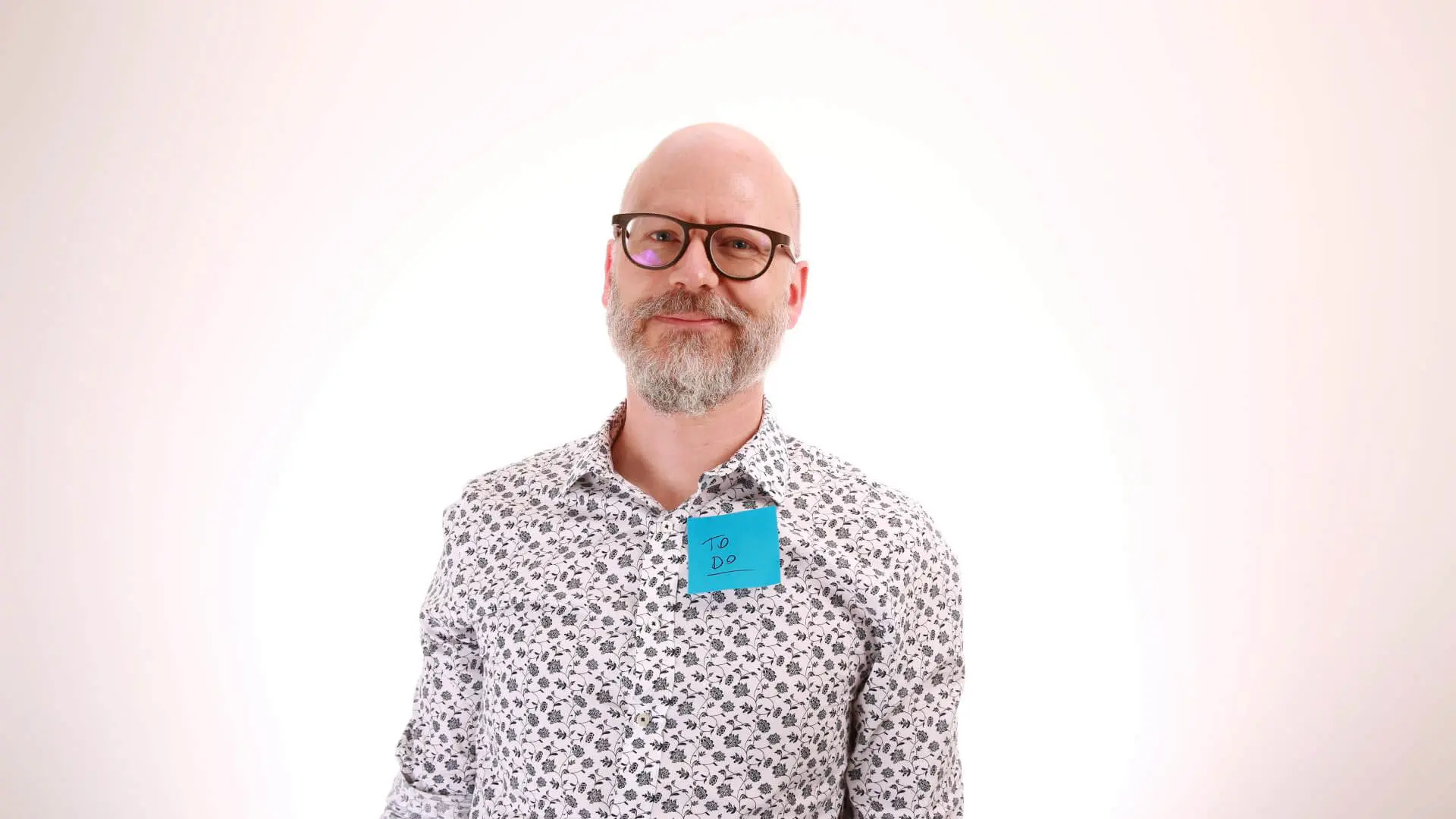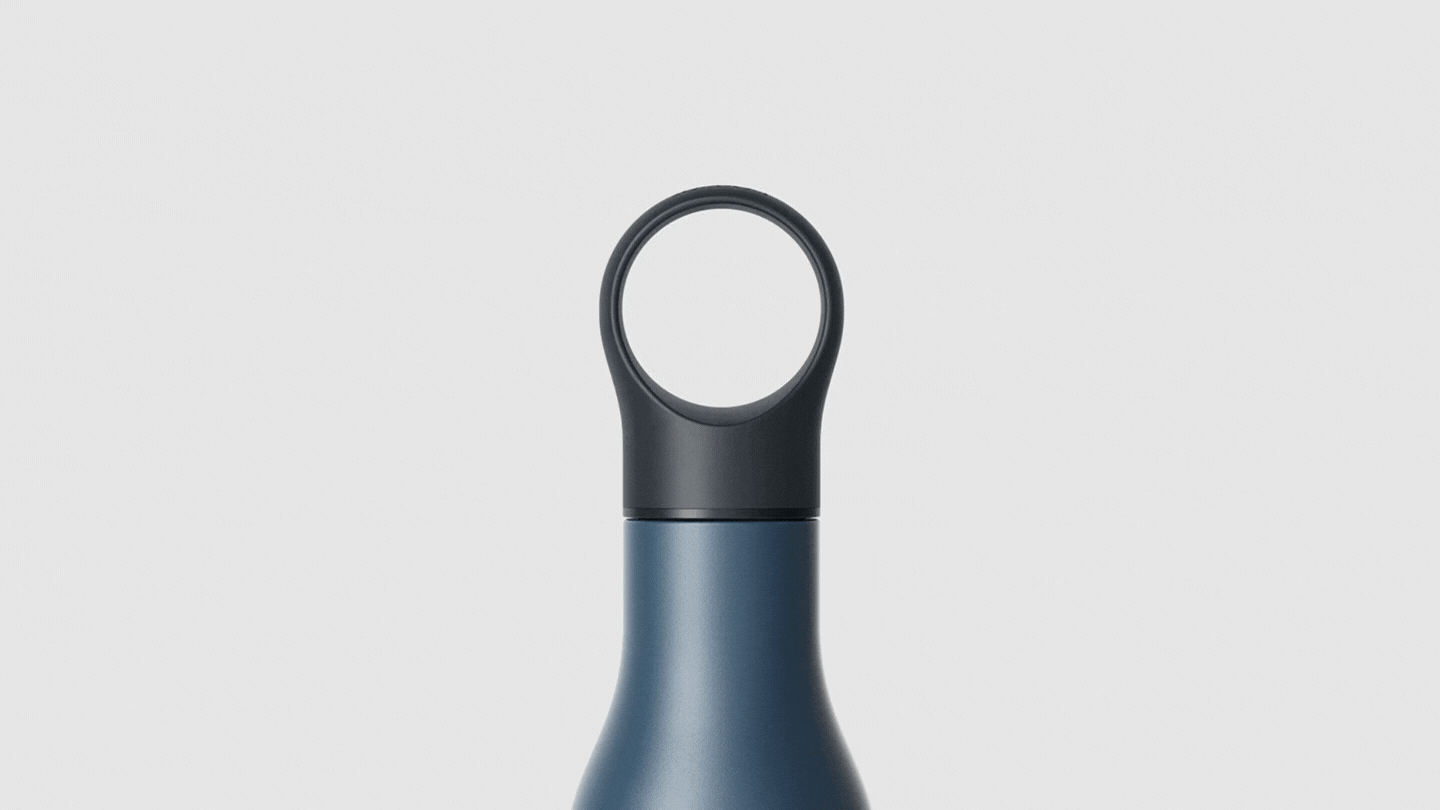“WastEnders” presents materials made from rice, coffee and plants at Milan Design Week

Our pick of the most innovative materials at Milan Design Week’s “WastEnders” exhibition developed by designers and architects including high-tech materials, bio-materials and materials from waste.
Now in its 60th year, Salone del Mobile, also known as Milan Design Week, is still the place to find the most innovative materials shaping the future of the industry. This year, the WastEnders exhibition is entirely dedicated to compelling material experiments emphasising environmental sustainability and an inventive use of waste materials.
The WastEnders exhibition explores new families of materials that cut waste, either because they are developed from discarded raw matter, or because they are entirely biobased and biodegradable, or because the process is totally clean like rice husks and coffee granules. There’s also an interesting take on recycled plastic used to create large-scale mosaics.
Taking place at Superstudio Più in Via Tortona 27, the exhibition is part of Materials Village, which is designed to promote the development and dissemination of innovation and sustainability. Here is Designwanted’s pick of the 5 best projects featuring new materials and production processes to tackle environmental issues…
Coffeefrom
Italian company Coffeefrom wants to make use of the 2.6 billion cups of coffee consumed around the world everyday by transforming coffee grounds into a bio-based, plastic-like material. The product is a blend of biopolymer sans coffee grounds, which Coffeefrom used as a source of cellulose.
The team uses a catalyst that oxidizes and breaks down the coffee beans’ cell walls that result in microscopic cellulose fibers. These are then easily mixed with polymers to produce the plastics—to make the composite material.

Meba Bioresine
Meba has created a plant-based, eco-sustainable resin in its quest for avant-garde materials. Using raw and renewable materials from the agricultural and food industries such as oils and residues from corn processing, the company has extracted biopolymers that can be formed into various shapes and colours.

Mixcycling
Founded in 2019, Mixcycling has developed a series of patented processes that give new life to industrial waste. Sourcing vegetable fibers from agricultural and food production, such as rice husks and silver skin, which is the thin membrane of connective tissue found on various meats, the company has created several biocomposites.
The waste materials are dried out before being dehumidified and ground down. The material is then sanitized using a cold plasma process that eliminates bacteria and volatile odors. This also activates the fibers, making them more receptive when mixed with the polymeric part. The result is 100 percent biodegradable, 100 percent recycled and 100 percent bio-based.

Verrabuccia
Vérabuccia is an Italian company founded with an innovative production process that creates a new material from the recovery of vegetable peel, namely from pineapples. The patented process produces a material with a scaly surface, visibly similar to leather. It also boasts the same technical characteristics such as strength and flexibility, which allow the material to be pierced, sewn and dyed in different shades.
Want to know more about innovative materials? Head on Design in Thailand: the designers turning nature into innovative materials.

Ricehouse
Born from the experience of the architect Tiziana Monterisi, Ricehouse utilises the by-products of rice cultivation to create new building and construction materials. The company has produced a series of different building materials including a finishing coat bio-plaster that uses lime and rice chaff, a clay-based plaster containing rice bran and an insulation made from straw. The company’s family of 100% natural green building materials also includes substrates, insulating biomass, mortars and plasters, that incorporate agricultural waste from the rice supply chain.
Stay updated about Milan Design Week 2021, follow the news & events on Milan Design Week.







